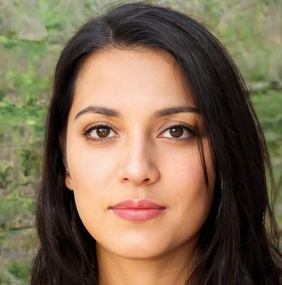Politics
Rare Disease Day: an in-depth look at how the European Reference Networks (ERNs) are tackling rare diseases

Rare diseases represent a major health challenge for healthcare systems due to the limited knowledge available to diagnose them, the limited number of treatment options (95% of the known rare diseases still lack an approved treatment) and their low prevalence*. That is why rare diseases have been a priority for the European Union over the past two decades, resulting in collective action to facilitate knowledge sharing and access to specialised care for patients.
The EU’s strategic objective for rare diseases is to improve patient access to diagnosis, information and care. It assists in pooling scarce resources spread across the EU, enabling patients and professionals to share expertise and information.
The European response can be characterised by a combination of key elements:
- Setting up and supporting European Reference Networks (ERNs);
- Supporting the definition, codification and inventory of rare diseases;
- Supporting the designation and authorisation of orphan medicinal products;
- Building and broadening the knowledge base, also through research;
- Empowering patient organisations.
ERNs are cross-border networks that bring together European centres of expertise and hospitals to tackle rare, low prevalence and complex diseases and conditions requiring highly specialised healthcare.
ERNs enable specialists in Europe to discuss cases of patients affected by rare, low-prevalence and complex diseases, providing advice on the most appropriate diagnosis and the best treatment available.
On Rare Disease Day, HaDEA interviewed Professor Luca Sangiorgi, Coordinator of ERN BOND, the European Reference Network of Rare Bone Disorders, and Chair of the ERN Coordinators Group, which is the governing board of the 24 ERNs.
- Can you explain the relevance of ERNs in the field of rare diseases?
ERNs gather over 1600 European centres of expertise dealing with rare, low prevalence and complex diseases and conditions which require highly specialised healthcare. Their relevance in the rare disease field resides in the possibility of enabling knowledge exchange and creating common patient pathways and guidelines, which will then be shared with the entire healthcare community. Patient representatives are involved and engaged in all ERNs’ processes, to ensure that their perspective is taken into account in the work of the ERNs.
- The ERNs have been funded by the EU since 2017. What do you consider their main successes?
The main success of ERNs is that they allow patients with a rare disease to have a proper harmonised pathway for diagnosis and treatment. Moreover, ERNs are favouring more homogeneous treatment of patients across participating countries. This is done, for instance, through the ERNs’ virtual discussion tool (CPMS) that allows clinicians to discuss the most challenging cases.
Furthermore, ERN registries, which collect pseudo-anonymised data on patients with rare diseases, are helping to develop a clear picture of the natural history of the various disorders treated by the ERNs. This may one day make it possible to find new treatments for disorders that are currently untreatable. Very few rare diseases have a therapeutic option available and the ERNs registries make a real contribution to the discovery of new treatments.
ERNs have also helped the EU respond to different crises in recent years, such as the COVID-19 pandemic and the Russian’s war of aggression against Ukraine. A framework has been put in place by the Commission for Ukrainian healthcare providers to seek advice from members of the European Reference Networks on Ukrainian rare or complex disease patients. Moreover, the ERNs undertake collaboration activities, capacity building and best practice sharing for competent Ukrainian authorities and healthcare units.
- What are the main objectives and expectations for the ongoing grants?
The main objectives are to stabilise and further increase the opportunities that ERNs are creating for the treatment of patients. We also expect to explore future possibilities for better therapeutic and better care options, such as the use of artificial intelligence.
- What are the main challenges to cross-border cooperation for rare diseases in Europe, and how do the ERN grants help to face these?
There are still some obstacles which hinder effective cross-border cooperation. To face these limits, the ERN coordinators’ group has recently set up specific working groups. At the same time, support to Ukrainian patients has given us a clear example that cross-border cooperation is working. ERNs are not only providing treatments to those patients in countries where they are not available, but are also training referral doctors in order to facilitate knowledge transfer and the implementation of new procedures.
For instance, my hospital, which is part of ERN BOND and is located in Italy, will operate on a patient from another country where the surgical expertise is not currently available. Surgeons from the clinical centre which referred the patient will participate in the surgery after following a specific training. This will allow them to repeat this therapeutic strategy in their home country.
- How important is the support of EU funding for ERNs?
EU funding is essential: without this support, many of the activities I have mentioned would not be feasible. ERNs have received EU funding since their creation in 2017 and a direct grant of more than €77 million is covering their activities for the period 2023-2027.
There are ongoing actions aimed to raise awareness in EU countries of the importance of ERNs as a strategic initiative to support rare diseases patients. This is one of the main objectives of the Joint Action on integration of ERNs into national healthcare systems (JARDIN). The support of the EU to ERNs, by facilitating interaction between EU countries, is essential for the existence of ERNs and for the rare disease community.
* Prevalence: the proportion of a particular population found to be affected by a medical condition at a specific time
Background
European Reference Networks
HaDEA manages the 24 ERN grants running from 2023 to 2027 with a total EU contribution of €77.4 million. HaDEA also manages the Joint Action on integration of ERNs into national healthcare systems (JARDIN), for a total EU contribution of €15 million.
HaDEA has also managed the contract on the independent evaluation of ERNs: ERNs evaluation results report – Independent Evaluations of European Reference Networks and of Healthcare Providers – European Commission
EU4Health is the fourth and largest of the EU health programmes. The programme provides funding to national authorities, health organisations and other bodies through grants and public procurement, contributing to a healthier Europe.
HaDEA manages the vast majority of the total EU4Health budget and implements the programme by managing calls for proposals and tenders from 2021 to 2027.
Politics
Discurso del presidente António Costa durante la ceremonia del 40 aniversario de la firma del Tratado de Adhesión de España a la Comunidad Económica Europea
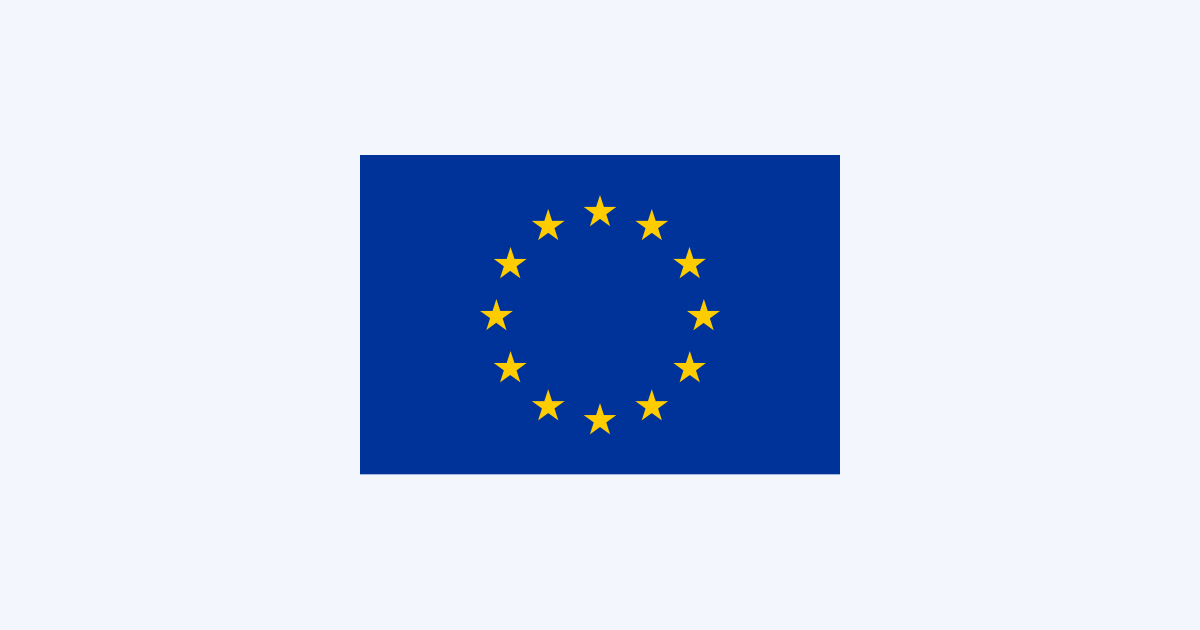

© FRVS+MPCP 2022. The European Times® News is registered as an EU Trademark. All rights reserved. The European Times® and the logo of The European Times® are EU trademarks registered by FRVS+MPCP.
Members/Partners of

About Us
Popular Category
DISCLAIMER OPINIONS: The opinions of the authors or reproduced in the articles are the ones of those stating them and it is their own responsibility. Should you find any incorrections you can always contact the newsdesk to seek a correction or right of replay.
DISCLAIMER TRANSLATIONS: All articles in this site are published in English. The translated versions are done through an automated process known as neural translations. If in doubt, always refer to the original article. Thank you for understanding.
DISCLAIMER PHOTOS: We mostly used photos images that are readily available online, from free sources, or from the people promoting the news. If by any chance it happens that we have used one of your copyrighted photos, please do not hesitate to contact us and we will take it down without question. We do not make profits as this is a not for profit project to give voice to the voiceless while giving them a platform to be informed also of general news, and it is completely free.
Editor Picks
Politics
Council and Parliament agree on simplified and more efficient handling of chemical assessment data
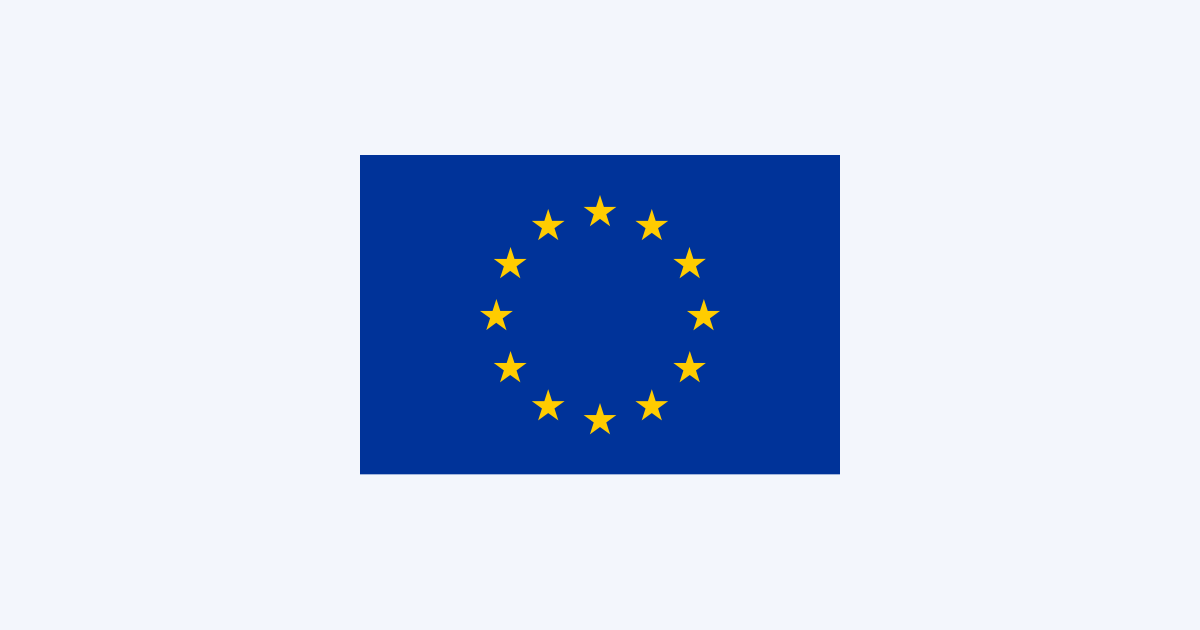
DISCLAIMER OPINIONS: The opinions of the authors or reproduced in the articles are the ones of those stating them and it is their own responsibility. Should you find any incorrections you can always contact the newsdesk to seek a correction or right of replay.
DISCLAIMER TRANSLATIONS: All articles in this site are published in English. The translated versions are done through an automated process known as neural translations. If in doubt, always refer to the original article. Thank you for understanding.
DISCLAIMER PHOTOS: We mostly used photos images that are readily available online, from free sources, or from the people promoting the news. If by any chance it happens that we have used one of your copyrighted photos, please do not hesitate to contact us and we will take it down without question. We do not make profits as this is a not for profit project to give voice to the voiceless while giving them a platform to be informed also of general news, and it is completely free.
Politics
2025 European Heritage Awards winners announced



DISCLAIMER: Information and opinions reproduced in the articles are the ones of those stating them and it is their own responsibility. Publication in The European Times does not automatically means endorsement of the view, but the right to express it.
DISCLAIMER TRANSLATIONS: All articles in this site are published in English. The translated versions are done through an automated process known as neural translations. If in doubt, always refer to the original article. Thank you for understanding.
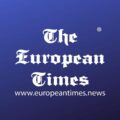
– Advertisement –
– Advertisement –
Awards ceremony at the European Cultural Heritage Summit
The Grand Prix laureates and the Public Choice Award winner – each receiving €10 000 – will be announced during the ceremony taking place at the iconic Art Deco building Flagey in Brussels on 13 October, during the European Cultural Heritage Summit 2025.
About the European Heritage Awards / Europa Nostra Awards
The European Heritage Awards / Europa Nostra Awards have been running since 2002. They were set up by the European Commission, and are run by Europa Nostra. The action is co-funded under the Creative Europe Programme of the European Union.
For 23 years, the Awards have been a key tool to recognise and promote the multiple values of cultural and natural heritage for Europe’s society, economy and environment.
Three of this year’s winners come from countries that are not associated to Creative Europe, namely the Holy See, Moldova, and the United Kingdom. As they cannot benefit from the EU’s programme, they are honoured by Europa Nostra with a separate ‘Europa Nostra Award’ instead.
Source link
More from the author
– EXCLUSIVE CONTENT –
-
Travel7 days ago
Norway to introduce tourist tax amid record visitor numbers and overtourism concerns
-

 EU & the World6 days ago
EU & the World6 days agoNovak Djokovic’s Wife: All About His Romance With Jelena Djokovic
-
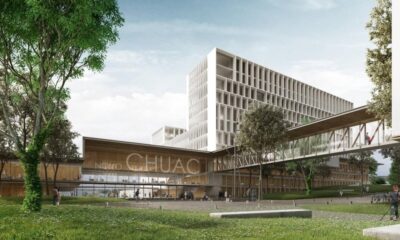
 Politics6 days ago
Politics6 days agoGalician healthcare system receives nearly €510 million in EU support for its modernisation
-
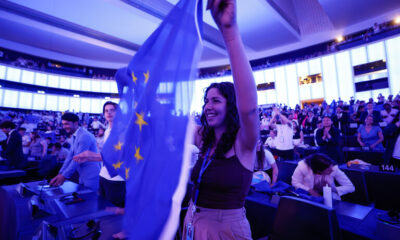
 Politics6 days ago
Politics6 days agoEYE2025 (European Youth Event): thousands to celebrate the power of democracy | News
-

 Politics6 days ago
Politics6 days agoNew plan will help EU countries tackle cyber-attacks better
-
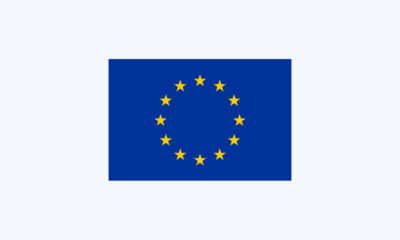
 Politics5 days ago
Politics5 days agoEl Salvador: Statement by the Spokesperson on the Foreign Agents Law and recent developments
-
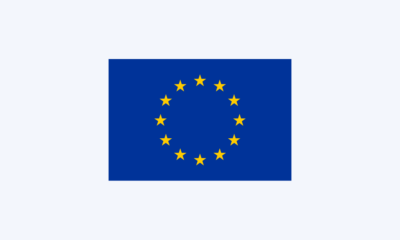
 Politics4 days ago
Politics4 days agoEUDA welcomes Belgian National Drug Commissioner
-
EU & the World4 days ago
L.A. Protests: Updates After Trump Deployed National Guard


